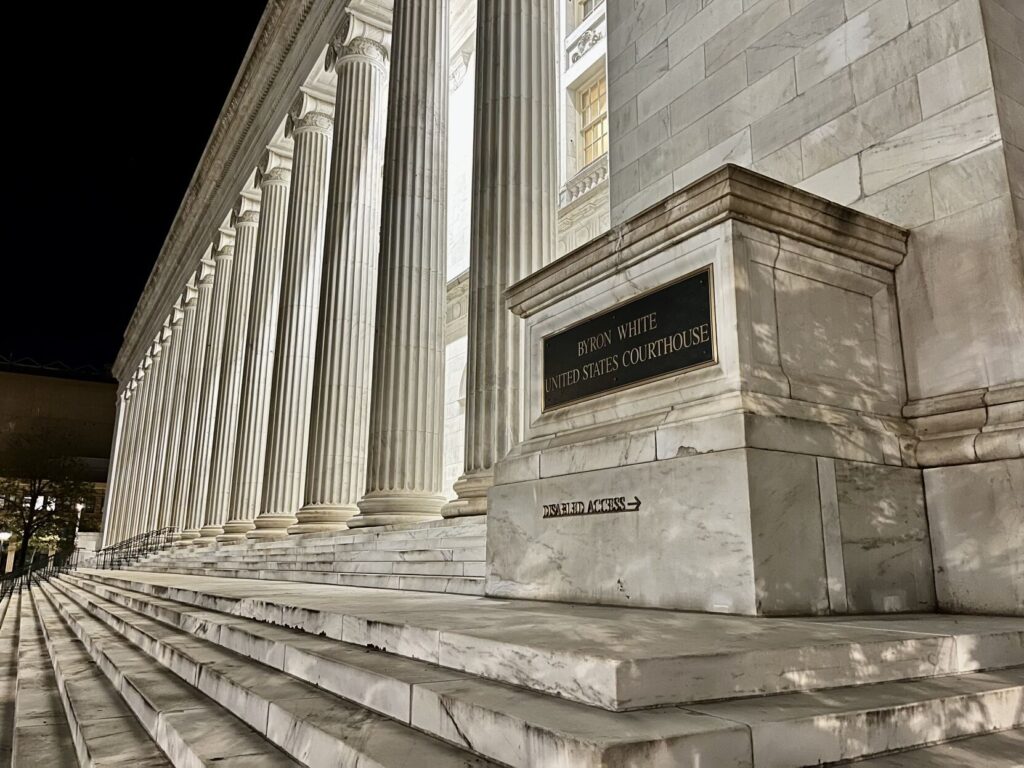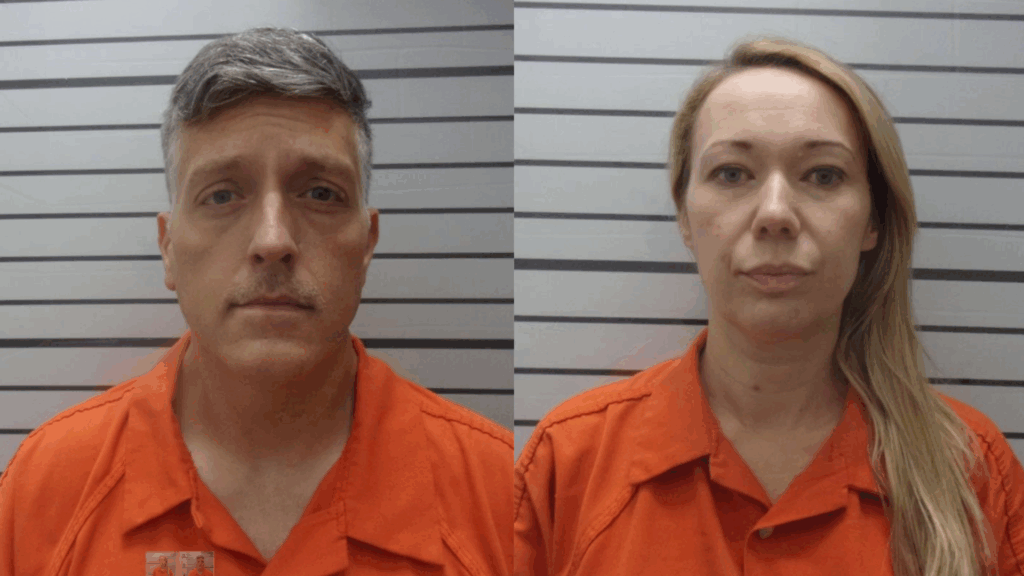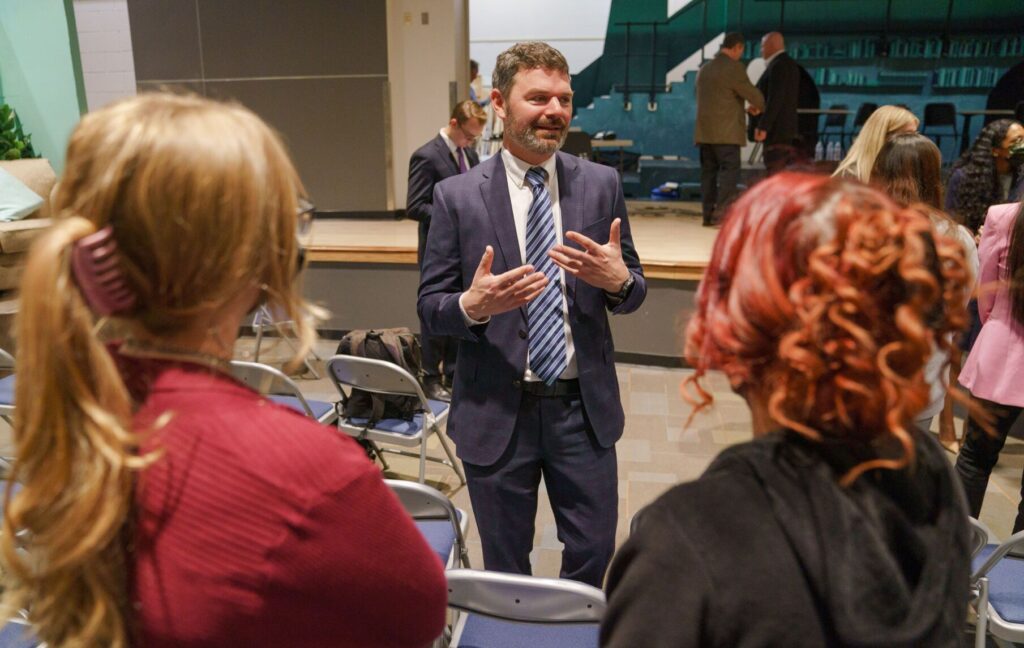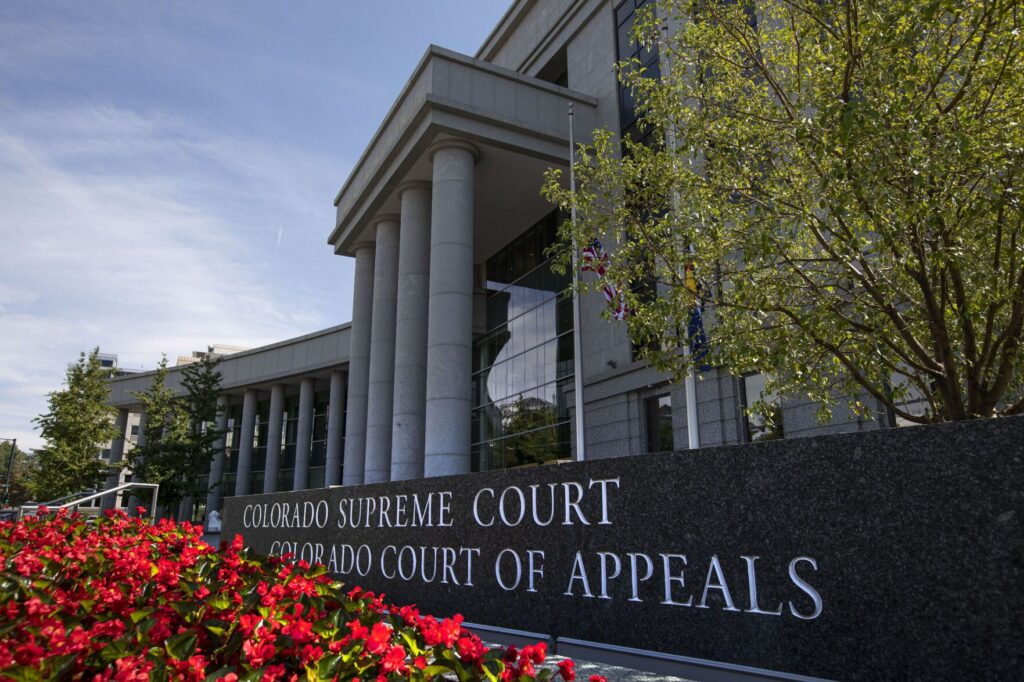Appeals court finds no constitutional violation from hard-to-hear livestream during trial
Colorado’s second-highest court last week ruled that problems with livestreaming technology during the early months of the COVID-19 pandemic did not violate a defendant’s constitutional right to a public trial if observers were still free to watch in the physical courtroom.
The Sixth Amendment guarantees the criminally accused the right to a public trial. In recent years, the Court of Appeals has had to interpret that right in light of the livestreaming protocols Colorado courts employed during pandemic-era restrictions. Where violations occurred, judges had closed only their physical courtrooms to spectators.
A Denver jury convicted Jeffrey Sloan of killing Yasir Hasan and Mark Karla by running a red light and colliding with his victims on Colfax Ave. Karla was the son-in-law of then-Colorado Springs Mayor John Suthers. Sloan received a sentence of 72 years in prison.
The August 2020 trial featured numerous public health precautions. Then-District Court Judge John W. Madden IV streamed the proceedings over Webex, while allowing limited in-person seating for observers. During jury selection, the defense repeatedly complained that online observers could not hear. Madden said he would try to fix the issue, but noted the microphone setup could not be altered.
Eventually, after multiple defense objections, Madden said there was not “any evidence shown that a member of the public who attempted to sit physically present in any portion of this trial has been denied that. And I think that there’s no guarantee to a right of a Webex trial.”
The defense then filed a written objection alleging online participants could not see or hear large portions of the proceedings. Madden conceded the livestream was imperfect, but he noted upwards of 200 people were observing remotely — far larger than a pre-COVID-19 trial — with seats still available in the physical courtroom.
“This has been one of the most public trials over which the Court has ever presided,” he wrote.

The Lindsey-Flanigan Courthouse in Denver.
On appeal, Sloan contended his right to a public trial was violated because online observers could not see or hear certain pieces of the proceedings. A three-judge panel for the Court of Appeals decided there was no constitutional violation as long as the physical courtroom remained open to observers.
“A court’s use of livestreaming technology does not grant a defendant a constitutional right to uninterrupted livestreaming throughout the trial in cases where members of the public have the option of attending the court proceedings in person and no member of the public is turned away,” wrote Judge Lino S. Lipinsky de Orlov in the May 16 opinion.
The panel did, however, side with Sloan on his other grounds for appeal.
One of Sloan’s charges, vehicular eluding, is normally a Class 5 felony. It turns into a more severe Class 3 felony if a jury finds the vehicular eluding results in a person’s death. Sloan’s jury convicted him of the more serious offense and Madden imposed a 10-year sentence.
The instructions did not ask jurors whether “the vehicular eluding” resulted in the victims’ deaths, but rather whether “the accident” resulted in their deaths. Although Sloan’s lawyers did not object at the time, he argued on appeal that the police officers who were initially pursuing him had disengaged by the time he crashed into his victims’ vehicle.
“On these facts, Sloan could not have been eluding police at the time of the accident,” wrote attorney Adrienne Teodorovic.
The prosecution admitted the jury instruction “did not precisely follow” Colorado law, but the closeness in time between the pursuit and the accident logically meant Sloan’s vehicular eluding led to his victims’ deaths.
But the appellate panel concluded the evidence did not overwhelmingly show Sloan was still eluding police at the time of the accident. Moreover, “the jury was not asked to find, and did not find, whether the pursuit was ongoing at the time of the fatal collision,” Lipinsky wrote.
Because the instruction incorrectly stated the law and affected the outcome of Sloan’s trial, the panel reversed the more serious vehicular eluding conviction.
The case is People v. Sloan.











